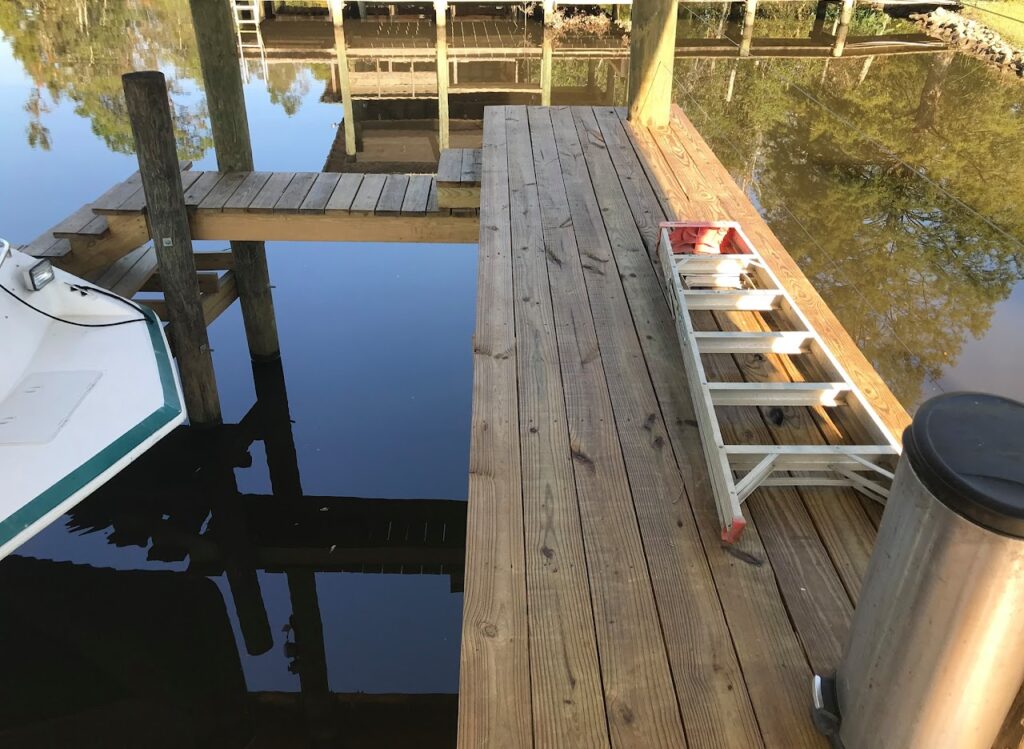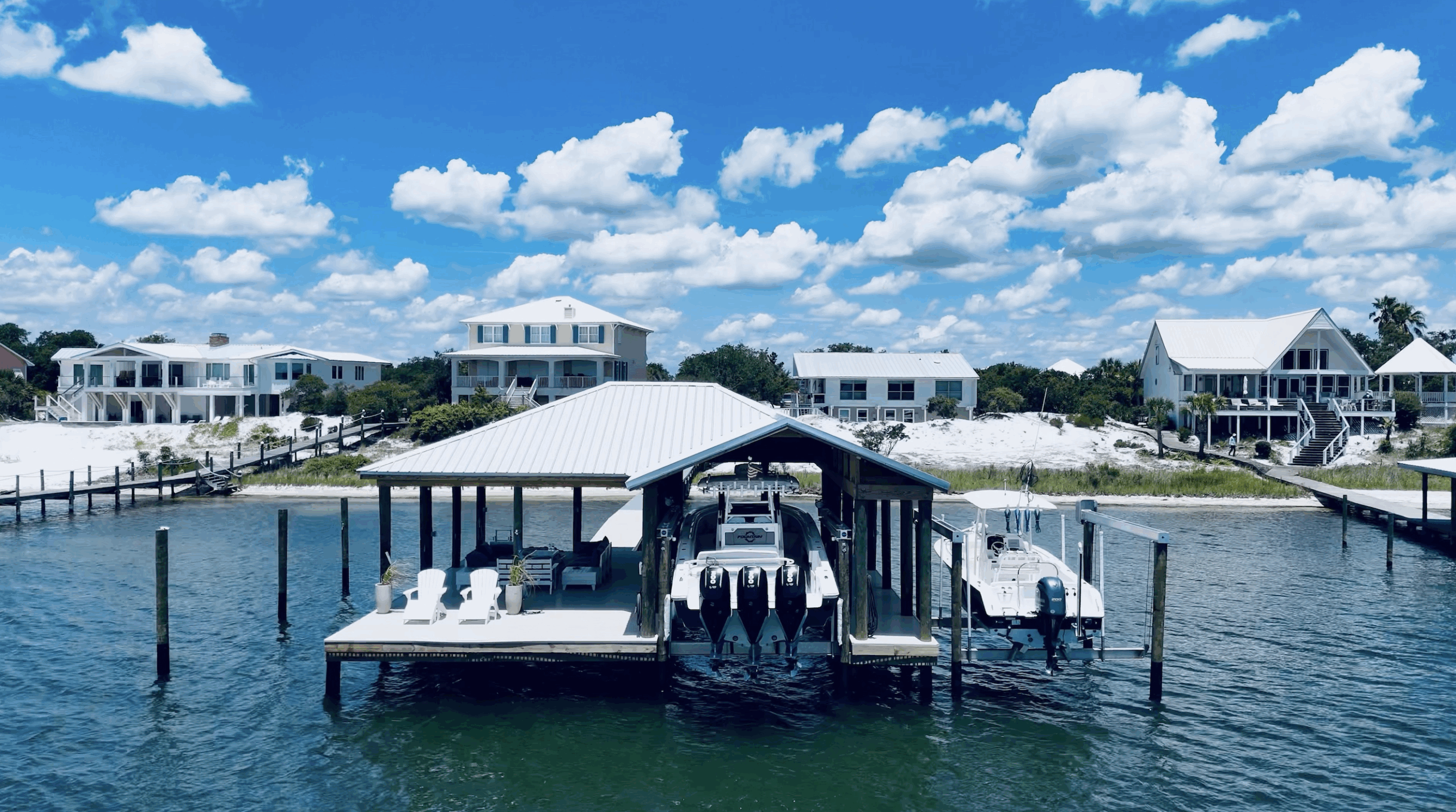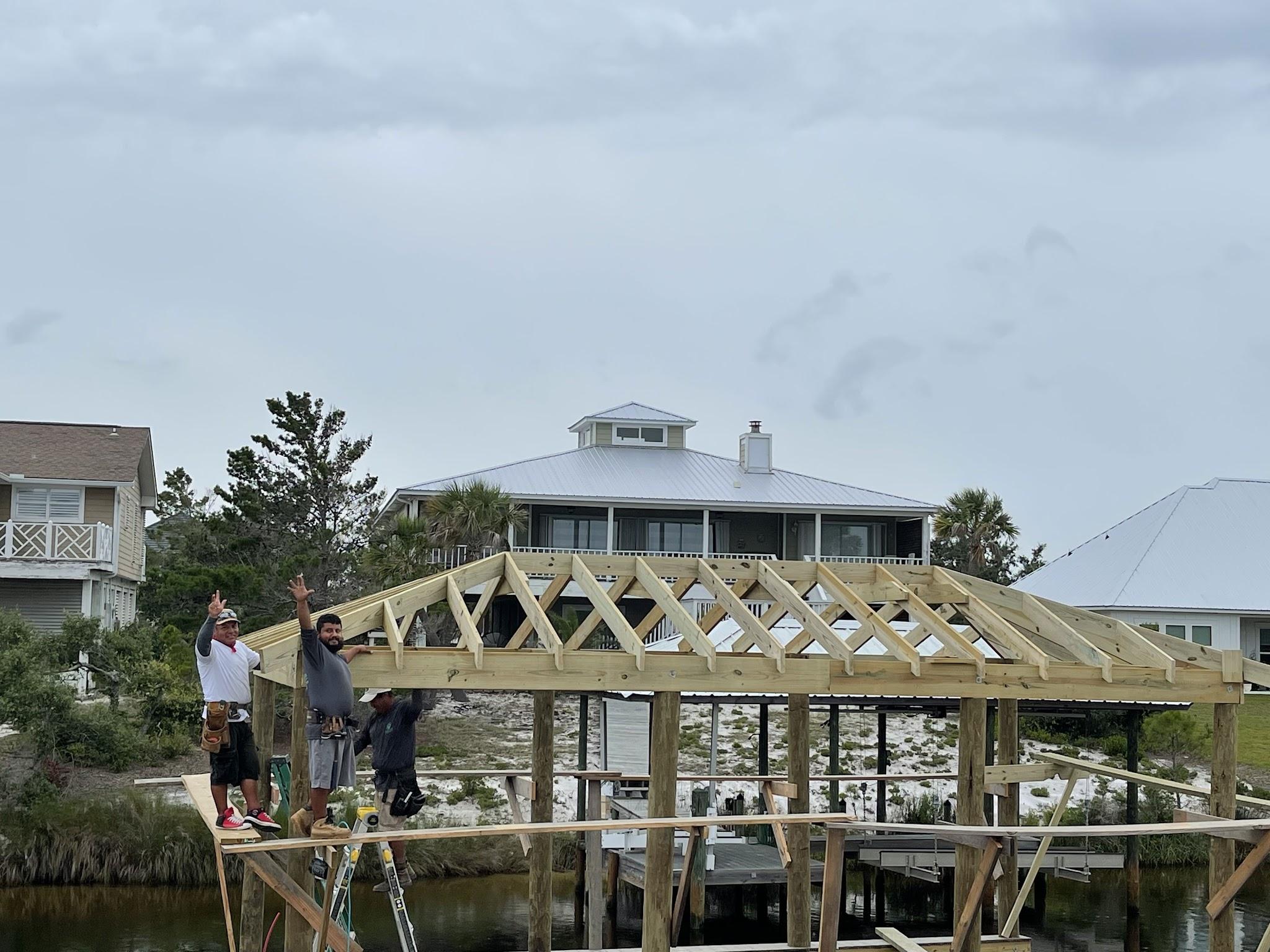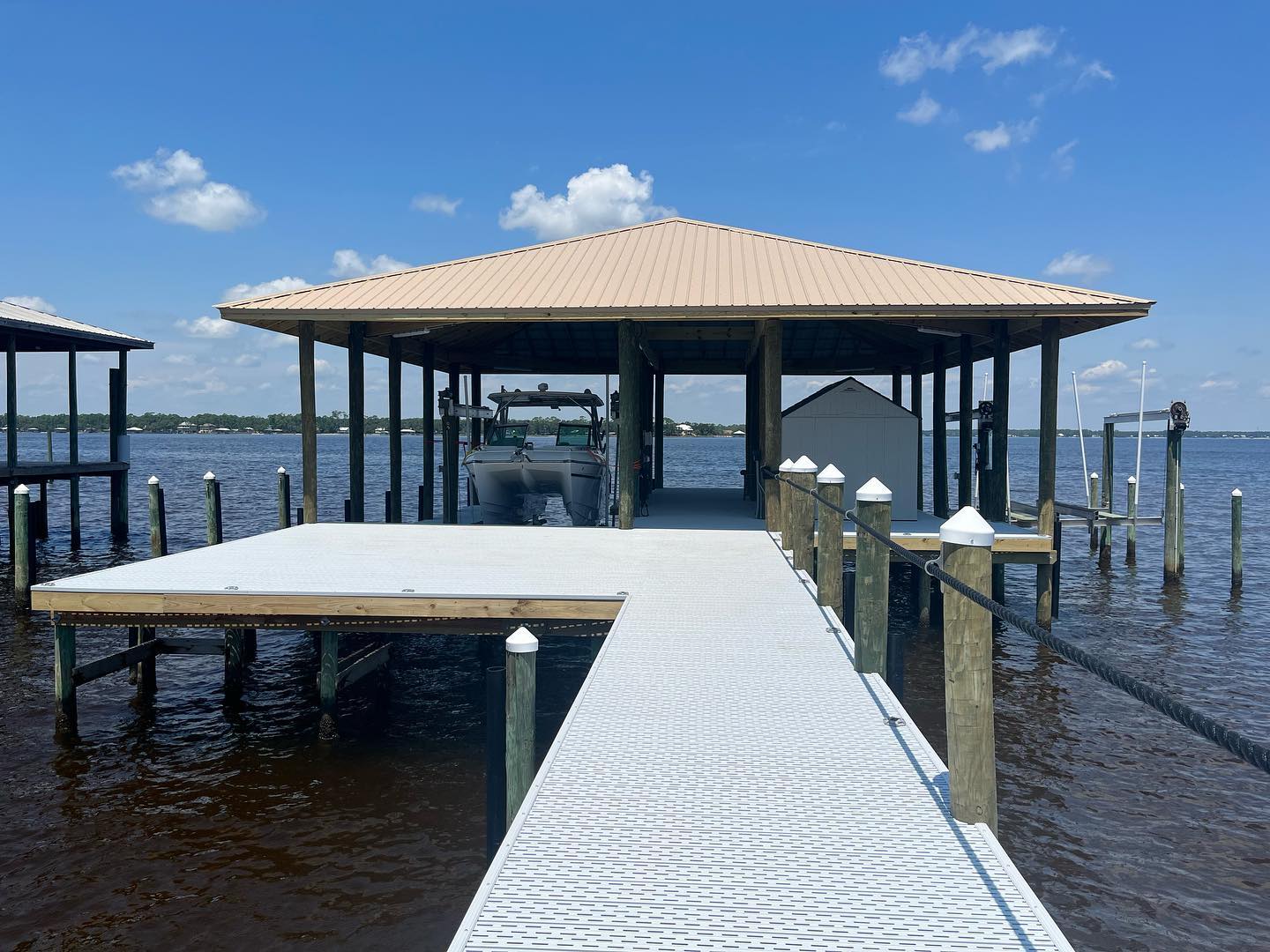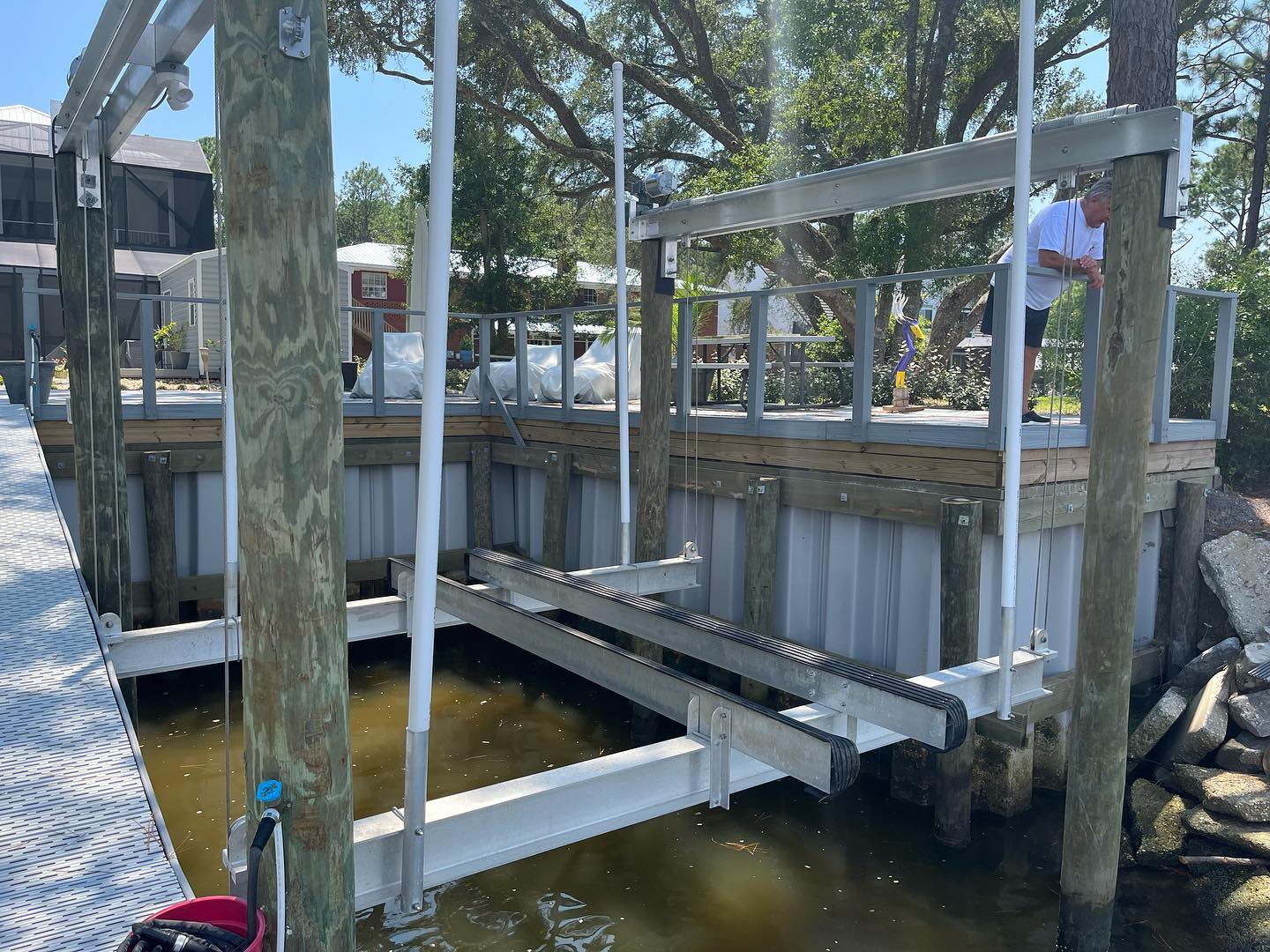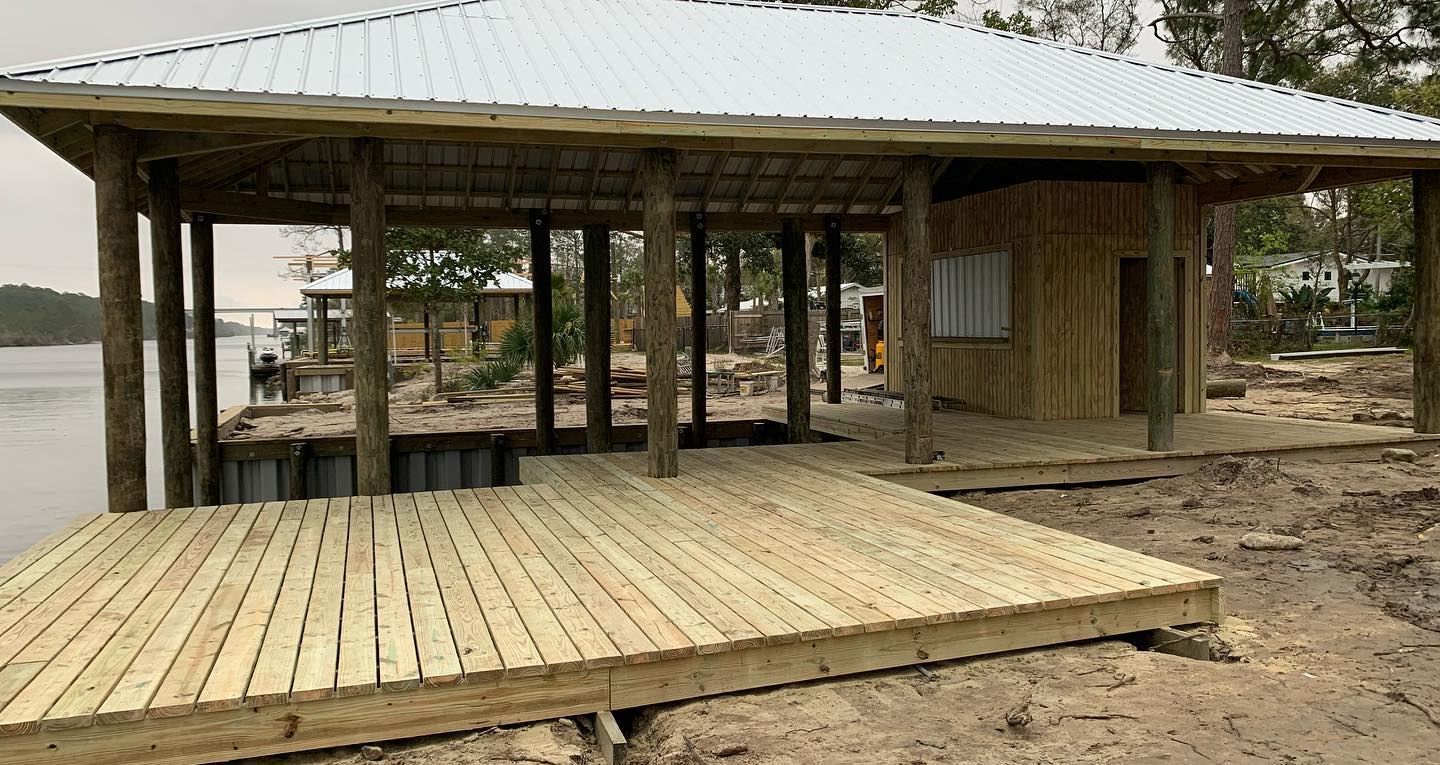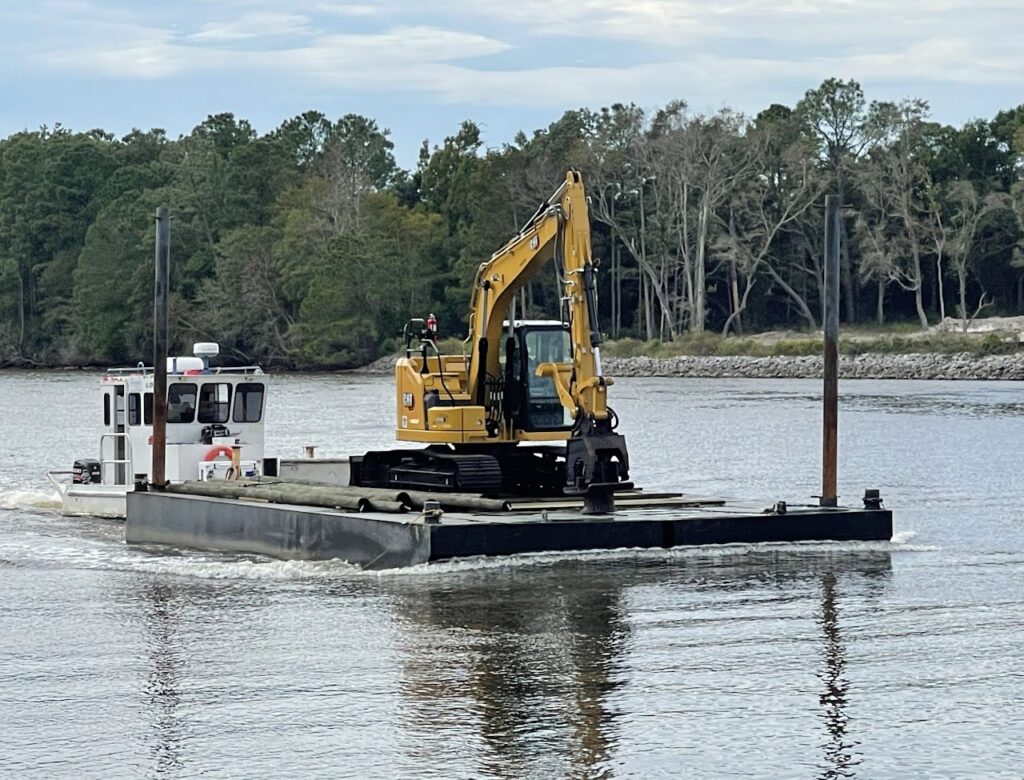The Importance of Sustainable Marine Construction
Marine construction plays a vital role in coastal development, from building docks and seawalls to supporting commercial waterfront projects. However, these projects can have a significant impact on delicate marine ecosystems if not carefully planned. Sustainable marine construction seeks to balance progress with environmental protection, ensuring that development meets human needs without compromising the health of our oceans, estuaries, and shorelines. Gulf Coast Land & Marine Construction, or GCLM, is committed to adopting eco-friendly practices that protect both the environment and the longevity of their projects.
Minimizing Environmental Impact
Beyond material selection, sustainable construction practices focus on minimizing environmental disruption. Careful site assessments help identify sensitive habitats and wildlife in the area, allowing engineers to design projects that reduce disturbances. Techniques such as floating platforms, pile-driven docks, and modular construction methods help limit shoreline erosion, water contamination, and damage to aquatic habitats. By planning projects with the environment in mind, GCLM ensures that construction activities coexist harmoniously with nature.
Energy Efficiency and Waste Reduction
Sustainability also extends to energy use and waste management. Modern marine construction projects integrate energy-efficient equipment and methods, reducing fuel consumption and greenhouse gas emissions. Additionally, careful waste management practices ensure that debris, chemicals, and construction byproducts do not enter waterways. GCLM emphasizes recycling and repurposing materials whenever possible, further reducing the environmental impact of their projects.
Collaboration with Environmental Experts
Protecting the environment requires collaboration. GCLM works closely with environmental engineers, marine biologists, and regulatory agencies to develop construction strategies that prioritize ecological preservation. These partnerships ensure that projects comply with local, state, and federal regulations while promoting innovative, sustainable solutions. Open communication with stakeholders also allows for continuous improvement and adaptation of best practices in marine construction.
Long-Term Benefits of Sustainable Practices
Sustainable marine construction offers long-term benefits beyond environmental protection. Eco-friendly materials and careful planning enhance the durability and resilience of structures, saving time and money on repairs. Healthy ecosystems support vibrant waterfront communities, attract tourism, and maintain the natural beauty that draws people to coastal areas. By integrating sustainability into every project, GCLM demonstrates that environmental responsibility and construction excellence can go hand in hand.
Conclusion
Sustainable marine construction is essential for preserving the delicate balance between development and environmental protection. Gulf Coast Land & Marine Construction sets the standard for eco-conscious coastal projects by using environmentally friendly materials, minimizing impact on marine habitats, incorporating energy-efficient practices, and collaborating with experts. Through these efforts, GCLM not only delivers functional and beautiful waterfront structures but also safeguards the health of our oceans and shorelines for generations to come.

